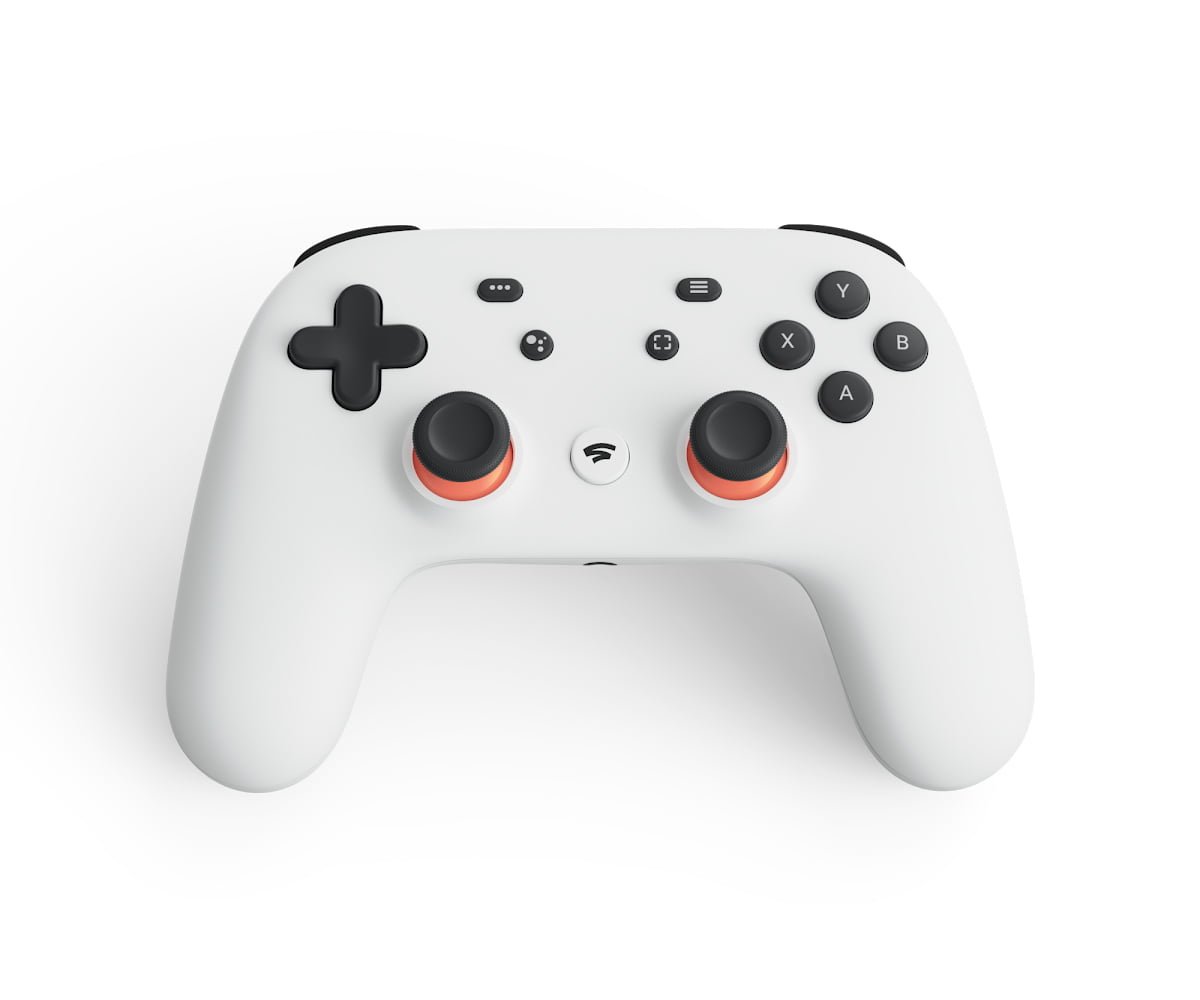One word that all will associate with cloud-based gaming is latency. However, Google claims that its Stadia game-streaming service will be able to overcome this problem to be more responsive than any local PC or console. In a recent interview with Edge, Stadia’s VP of Engineering, Madj Bakar, talked about a new phrase, “negative latency,” and how it could help fix latency issues with Stadia.
What is negative latency?
Latency is so far believed to be an inherent issue that is part and parcel of gaming. There are two types of latency that affect video games’ playability. The first is input lag, which is the time the character takes to respond after you press a button or move a joystick on the controller. It is basically controller latency.
The second, more important one is network latency, which affects cloud-based gaming. In cloud-based gaming, your actions have to travel up to the cloud and then come back to the console. This network latency issue is primarily due to the internet speed and distance from the data servers. Latency is measured in milliseconds, and anything between 20 and 100 milliseconds is acceptable in gaming.
However, Stadia engineers believe they can overcome the lag problem with something called “negative latency.” Bakar told Edge that “negative latency” is a “concept by which Stadia can set up a game with a buffer of predicted latency between the server and player, and then use various methods to undercut it.”
Google says that it will use machine learning and AI to achieve its objective. The search giant does not claim that it will completely fix the latency issues with Stadia. Instead, the company aims to close the gap between users’ device and their server.
In a year or two, Stadia could “have games that are running faster and feel more responsive in the cloud than they do locally, regardless of how powerful the local machine is,” Bakar says.
How Google plans to fix latency issues with Stadia
Bakar suggests that, using data centers’ computation power, Stadia will evaluate the latency for each user and then compensate for it. To compensate for the latency, it could use several methods, including predicting the player’s next move.
Primarily, this negative latency is about predicting the next input from the player. Once it predicts the input, the system will play it on the remote cloud computer and get ready to stream the result back the moment the user makes the exact move. This tech is similar to CPUs predicting the path that code will take or the content that will be accessed next.
Of course, Google’s Stadia won’t press buttons for users, but it is possible that the service will pre-render certain frames to match different possible actions players can take. Additionally, with the help of machine learning and the loads of data Google has, it could predict the likelihood of certain actions over others.
This could mean that once a user presses the button, the service will offer the pre-rendered frame that will be in line with the button pressed. For instance, in a combat game, the service could predict your next attack and keep that frame ready somewhere in the background. The moment you press the button, it will offer the pre-determined frame, thus eliminating any latency.
It isn’t very clear what would happen if Stadia make an incorrect prediction about the next move. However, one thing is for sure. Google engineers will have to consider a lot of factors to come up with a program to estimate the next move a human player would make.
Other tricks Stadia may use
In addition to predicting gameplay, Google’s negative latency may also use the trick of running games at an extremely high framerate to reduce input lag. Players of Counter-Strike: Global Offensive often run the game at 400 frames per second even on a 60Hz display. The monitor is unable to render most of the frames, but when it does display the next frame, it will pick the data from the latest input data. Thus, it helps to take out some perceivable input latency.
Another trick Google may use to reduce input lag is time traveling. In this, the company would just need to send your input back in time. For instance, if a player changes an input, the system rolls back one frame and applies the new inputs retroactively. Thereafter, it emulates two frames to catch back up. With this, the input goes into effect a frame before the player actually presses the button. For example, Super Mario Bros. has a lag of two frames between when you press jump and the Mario actually makes the in-game jump on the NES.
Such tricks may help Stadia achieve something that has never been done before. If Google does succeed in its negative latency plans, it will be nothing less than magical.
To learn more about Stadia, refer to the video below:





